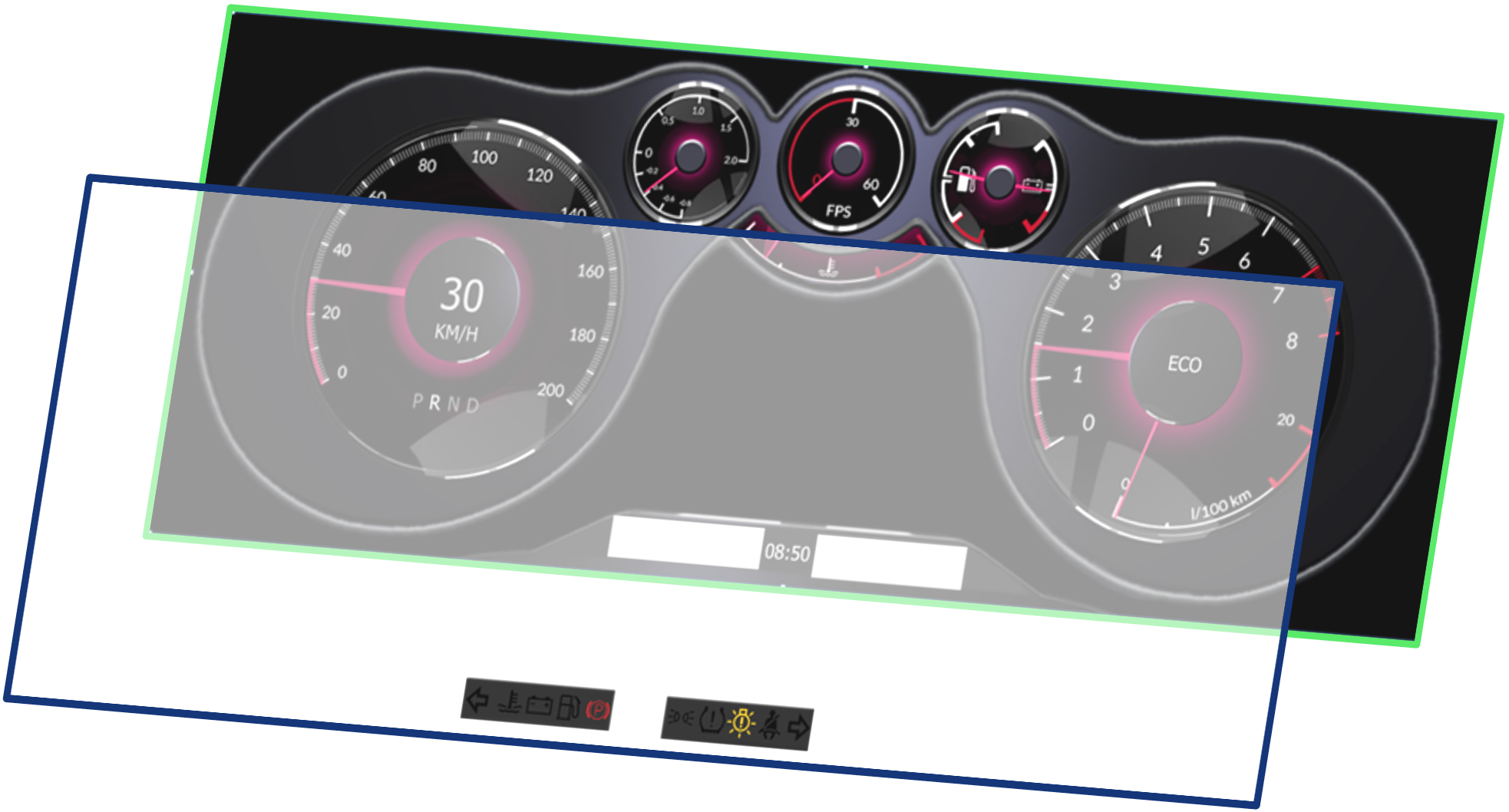Beautiful Digital Experiences and Functional Safety – Can You Have One Without The Other?
December 14, 2021 by Peter Schneider | Comments
We all agree that our daily digital experiences should be as easy and beautiful as using an iPhone or a Nest thermostat. Whether it’s the elevator, the car, or the home automation system, we enjoy a modern and intuitive user experience. We also expect that these products give us peace of mind. We hope they still work somehow, even when things go sideways.
We expect the elevator to provide an emergency button and tell us on which floor we are even when the main software application powering the touch display crashes. We expect the car to show us rudimentary information on engine health and speed even if the fully digitalized experience has a hiccup. We want the home automation system to provide a minimum amount of data even when there is a power outage.
What can product designers do to meet these two consumer expectations - beauty and safety? Do they need to design an analog system besides a digital experience like it is done in nuclear power plants or submarines to cover the safety requirements? Or do these products need two decoupled processing units, one for the smartphone-like 3D user experience and one for displaying rudimentary information?
The problem of running advanced computer systems on embedded devices with an inbuilt redundancy is not new. It has been solved in different ways in industries where safety is crucial to protect human life, such as in the aviation, transportation, and medical industries. There is a whole bunch of international safety certifications that an airplane, a car, or a medical device must meet. Certifications used to be straightforward when controls and user interfaces were analog. Still, when things went digital, and cockpits are now full of touch screens, the certifications became much more complicated. Instead of reviewing electronic diagrams, millions of lines of software code needed to be checked to be certified. And rightfully so, we don’t want a fighter bomber to drop a nuclear bomb accidentally due to a software malfunction, right?
Hence, these industries have found ways to separate digital experiences that are crucial for the survival of operations into a dedicated logical space.This dedicated software is then reviewed line by line and certified, but not the main application that creates a beautiful user experience in a medical device, car, or cockpit.

The required software architecture and pre-certified software components have found their way into software development platforms such as Qt. Integrated software development platforms enable embedded devices where processes can be decoupled logically, sometimes even physically running on different CPUs. The product development workflow for creating redundant safety functionality is supported starting from the UI design, over the software development, all the way to the product testing phase.
But what if one does not build a fighter bomber or a nuclear power plant and doesn’t need to certify the product for functional safety? Does it still make sense to consider designing functional safety in a product with some rudimentary capabilities for times when things don’t go as planned? I claim it does make sense always to consider a good balance of beauty and usability in a product. Let me give you one example: the iPhone. Why did the iPhone have a physical home button while it took the world by storm due to its unique touch screen experience? Why did it take Apple 6 years to drop the home button in the iPhone X after Nokia introduced a touch screen experience without a home button in the Nokia N9 already in 2011? Because consumers want a beautiful user experience and peace of mind when using a device. When we get lost in the UI navigation, the home button was and still is the “safety” button. We always get back home. Still today, Apple offers iPhones with a home button. While the iPhone home button cannot be considered a functional safety feature, it does illustrate well our need for peace of mind when using digital devices. We want peace of mind. We want functional safety and beautiful digital experiences. Not one or the other.
If you want to know more about product design, functional safety, and Qt, please check out our web pages on functional safety.
Blog Topics:
Comments
Subscribe to our newsletter
Subscribe Newsletter
Try Qt 6.10 Now!
Download the latest release here: www.qt.io/download.
Qt 6.10 is now available, with new features and improvements for application developers and device creators.
We're Hiring
Check out all our open positions here and follow us on Instagram to see what it's like to be #QtPeople.



